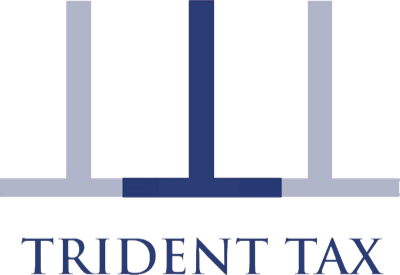The publication of Spotlight 63 in October Property business arrangements involving hybrid partnerships (Spotlight 63) – GOV.UK (www.gov.uk) and the issue of “nudge letters” this month by HMRC to users of a “hybrid scheme” designed to benefit from lower corporation tax rates and unrestricted interest relief for landlords, looks to be the start of an awakening by HMRC to the abuses of incorporation relief in the property sector.
HMRC are very clear about their view, the hybrid scheme is fatally flawed and if users decide not to make a voluntary disclosure, they will receive a “discovery assessment” for the 2017/18 tax year. It seems highly likely that HMRC will take cases to tribunal if required and based on recent history of litigation in tax avoidance cases, would be very confident of winning.
However, even in this backdrop there is an important point to be considered about the validity or otherwise of a discovery assessment made more than 4 years after the end of the tax year in question; in this case, 2017/18.
Ordinarily, HMRC needs to demonstrate there has been a loss of tax due to careless behaviour if an assessment is issued after more than 4 years, but less than 6 years after the end of the year of assessment. However, in cases where there is a tax avoidance scheme the time limit for HMRC making assessments is extended to 20 years, with no requirement to show there has been a loss of tax due to careless behaviour.
It’s clear from Spotlight 63 that HMRC considers the hybrid arrangement to be an avoidance scheme, referring to the need for promoters to report the scheme to HMRC. Therefore, we can expect HMRC to use the 20-year time limit and continue with their efforts to collect tax from users of this scheme they come across for many years to come.
More generally, we have become aware over the last several years of buy to let incorporations that on the face of it, it seems to fail the basic test of sufficient activity to qualify for incorporation relief, with a dearth of evidence to support the position taken that the activity constitutes a business rather than passive investment activity.
There also seems to be a frequent problem in evidencing the existence of a valid partnership to ensure there is no Stamp Duty Land Tax on the transfer of the properties to a company.
We have been surprised by HMRC’s apparent lack of activity in this area so far, but perhaps their campaign on the hybrid arrangement signals an intention to tackle wider problems in the field of buy to let incorporations – we shall see.
If you are concerned about your tax position following a buy to let incorporation or are considering taking this step, please contact us to discuss your situation.
